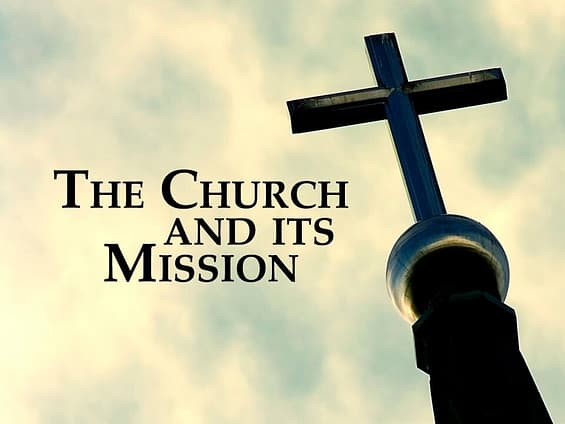Description
Curriculum
Instructor
When most Christians hear of church elders, they think of an official church board, lay officials, influential people within the local church, or advisers to the pastor. They think of elders as policymakers, financial officers, fundraisers, or administrators. They don’t expect church elders to teach the Word or be involved pastorally in the lives of people.
Curriculum
- 7 Sections
- 9 Lessons
- 10 Weeks
Expand all sectionsCollapse all sections
- PASTORAL LEADERSHIPWhen most Christians hear of church elders, they think of an official church board, lay officials, influential people within the local church, or advisers to the pastor. They think of elders as policymakers, financial officers, fundraisers, or administrators. They don’t expect church elders to teach the Word or be involved pastorally in the lives of people.2
- SHARED LEADERSHIPShared leadership should not be a new concept to a Bible-reading Christian. Shared leadership is rooted in the Old Testament institution of the elders of Israel and in Jesus’ founding of the apostolate. It is a highly significant and often overlooked fact that our Lord did not appoint one man to lead His Church. He personally appointed and trained twelve men. Jesus Christ gave the Church plurality of leadership.2
- QUALIFIED LEADERSHIPMany as well as to the need for the congregation to properly examine all candidates for leadership in light of biblical standards (1 Tim. 3: 10).Many churches seem oblivious to the biblical requirements for their spiritual leaders The overriding concern of the New Testament in relation to church leadership is for the right kind of men to serve as elders and deacons.2
- SERVANT LEADERSHIPJesus Christ lived and taught the principles of love, humility, oneness, prayer, trust, forgiveness, and servanthood. After His ascension into heaven, the twelve apostles put these principles into practice by working together humbly and lovingly as a leadership team.3
- BIBLE-BASED LEADERSHIP STRUCTUREWhen speaking of the organizational structure of the local church, I have employed, for lack of better terminology, the traditional term church government. For many people, the term government may communicate bureaucratic and judicial concepts. However, the structure of government the New Testament envisions for the local church is primarily pastoral and familial and involves the spiritual care of all members.2
- APPOINTMENT OF ELDERSIn order to understand what is involved in the biblical process of appointing elders, we must first look at those who initiate and guide the appointment process, and then consider the major elements in the appointment process: desire, qualification, selection, examination, installation, and prayer. According to 1 Timothy 3:1 and Titus 127, a local church should have overseers.3
- ELDERS AND THE CONGREGATIONJesus Christ is Chief Shepherd, Scripture is the final and sufficient guide, and the elders are Christ’s undershepherds. Using a different but compatible imagery, Paul refers to the elders as “God’s stewards”. According to this model, the authority to govern and teach the local church resides in the plurality of elders—Christ’s undershepherds, God’s household managers.2

Free
100% positive reviews
9 lessons
Language: English
7 quizzes
Assessments: Yes

